If you have a passion for wildlife then the wildlife sanctuaries near Guwahati can be your ticket to great adventure. Guwahati, where one can see the city, but when one has traveled the distances of Assam to reach the gateway city, is more than just a busy metropolis. It is actually a destination to begin some fantastic journeys into Assam’s best wildlife sanctuaries for all lovers of nature and animals.
Some of the wildlife sanctuaries near Guwahati are only an hour’s drive and are a wonderful attraction to take up by residents as well as tourists who wish to behold the natural beauty of Assam. All these sanctuaries are sure to give you something rare animals, birds, or the peace of the forest.
In this blog, we will familiarize you with the 7 best wildlife sanctuaries near Guwahati that promise an amazing experience in nature. Let’s dive in!
The 7 Most Famous Wildlife Sanctuaries Near Guwahati
1. Kaziranga National Park
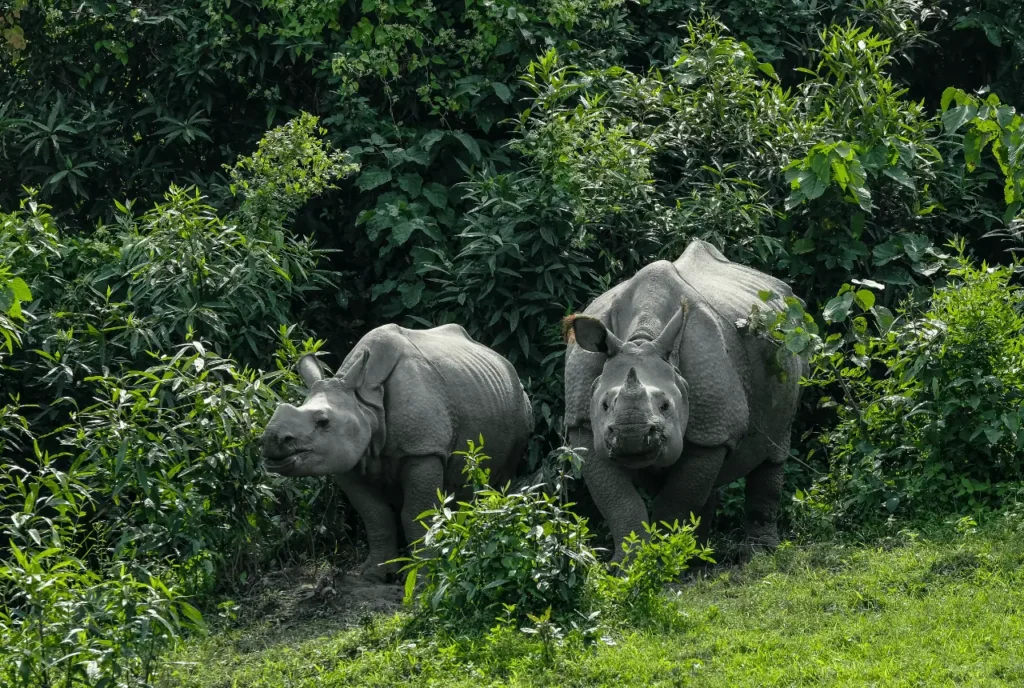
One of the most famous wildlife sanctuaries near Guwahati is Kaziranga National Park. It is a world heritage site of UNESCO fame, particularly for its single-horned rhinoceros population. With a spread of 430 square kilometers, the park harbors two-thirds of the world’s total rhino population, making it a destination never to miss for wildlife lovers.
Other species found in the park are elephants, tigers, and other different bird species. The best time to visit Kaziranga is from November to April, with pleasant weather conditions and more frequent sightings of animals. Entry fees range from around INR 100 for Indian citizens and INR 650 for foreign tourists.
2. Manas National Park
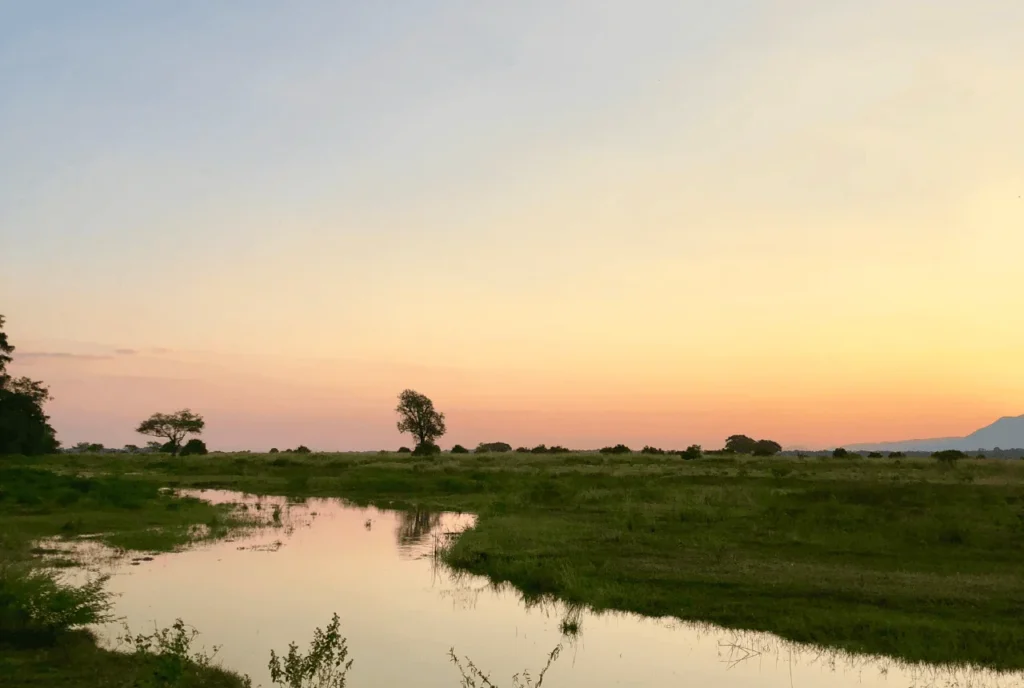
Secondly, Manas National Park is also one of the other important wildlife sanctuaries near Guwahati that you can visit. Also considered a UNESCO World Heritage site and biosphere reserve. The site boasts rich biodiversity with the presence of elephants, tigers, and the endangered golden langur.
The visitors will have an experience of jungle safaris and eco-tourism-related tours where they can visit the beautiful landscape along with varied wildlife existing within the park. The time period from November to April is the ideal one for visiting the park and attaining favorable weather conditions for outdoor activities.
3. Pobitora Wildlife Sanctuary
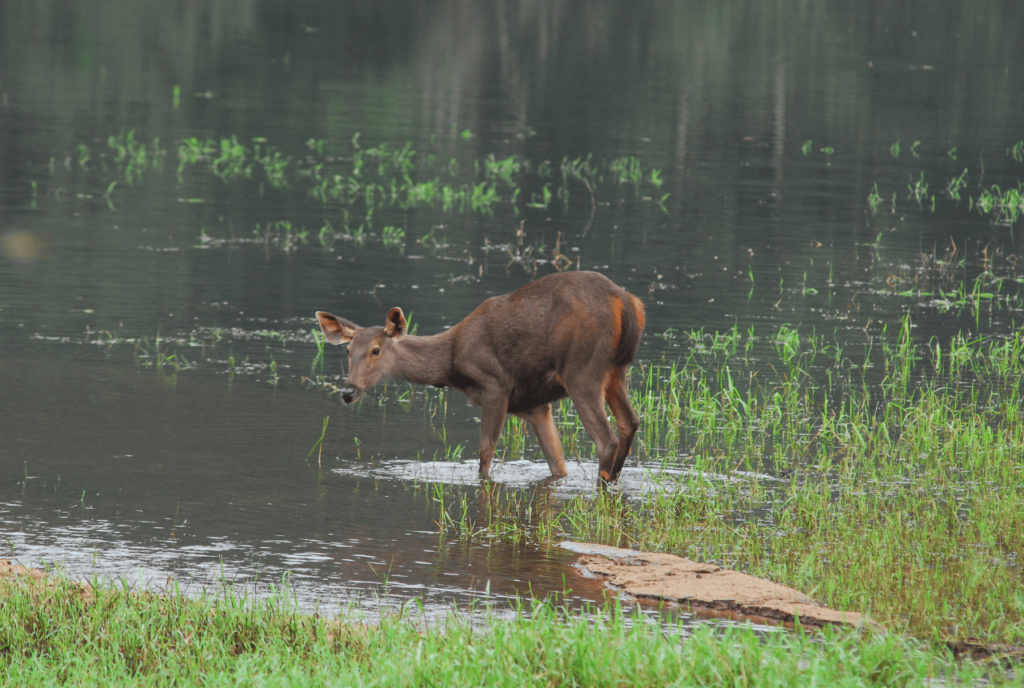
Situated 50 km from Guwahati, the wildlife sanctuary houses one of the country’s highest densities of Greater One-Horned Rhinoceros. Of about 38.81 square kilometers of area, other wildlife sanctuaries near Guwahati is Pobitora Wildlife Sanctuary which offers a house that is perfect for bird-watching and jeep safaris.
Pobitora is an ideal day trip destination for the discerning visitor close to Guwahati, who wishes to see varied ecosystems at a minimum cost in travel.
4. Deepor Beel Wildlife Sanctuary
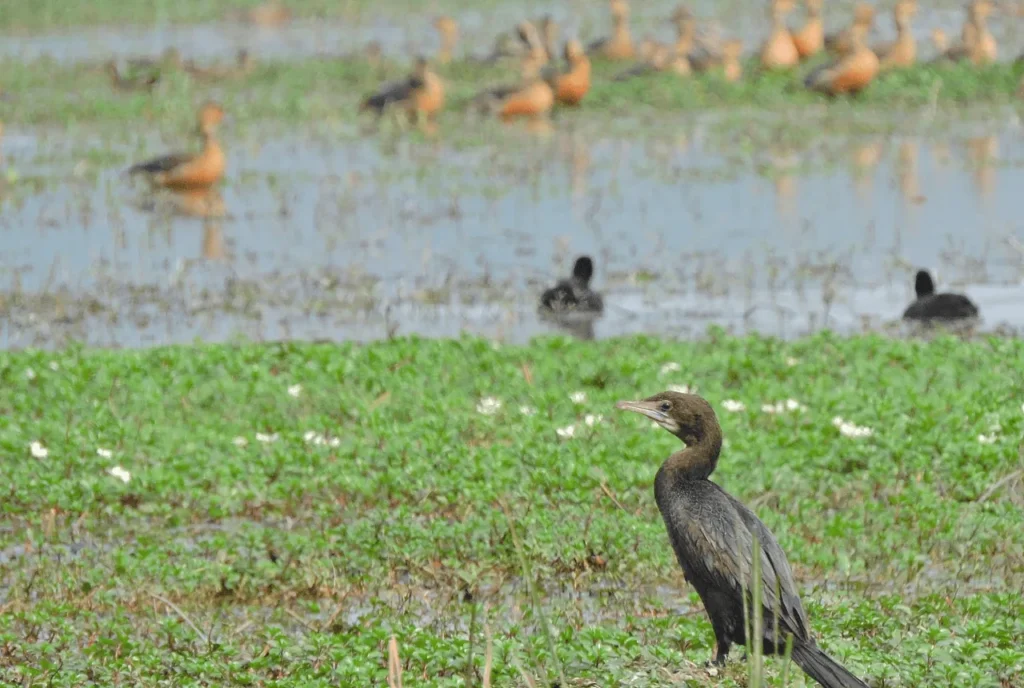
Deepor Beel happens to be a Ramsar site situated on the outskirts of Guwahati, with rich avifauna and migratory birds. Such a sanctuary would serve as a significant hotspot for bird watchers and nature lovers to see species in their normal habitat.
With accessibility through the road from Guwahati, it has become easy to visit this sanctuary while enjoying a day in the midst of nature.
5. Nameri National Park
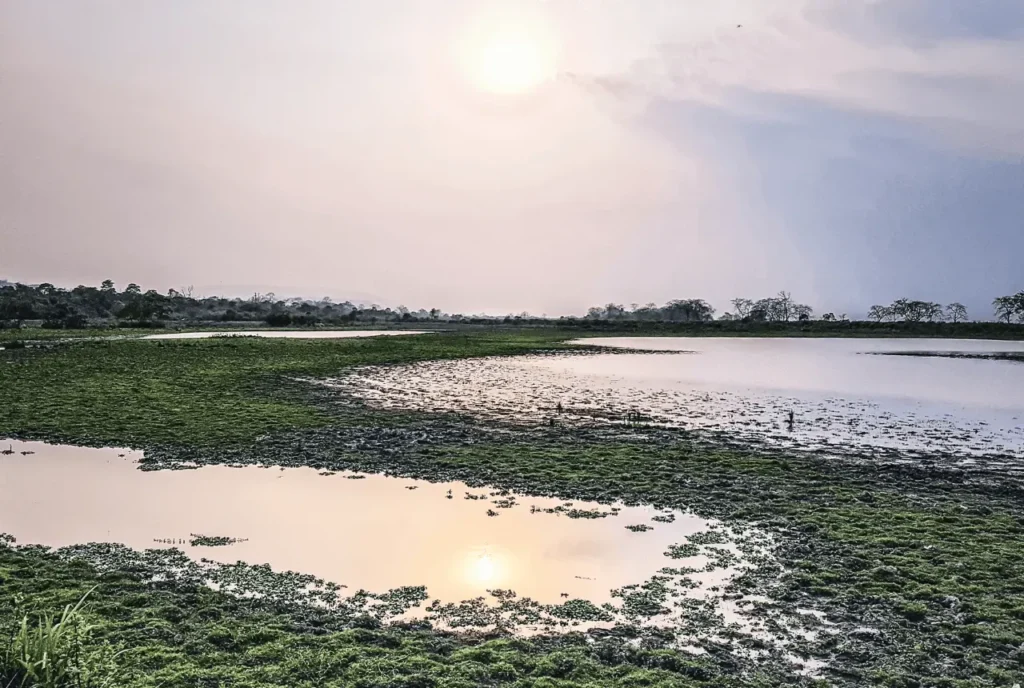
Situated along the Assam-Arunachal border, Nameri National Park is well known for the beautiful landscapes that make it an ideal place for trekking as well as river rafting experience. The park is well-represented with avifauna; notably, most species of hornbills are represented.
Nameri offers diverse ecosystems and adventure activities, giving wildlife enthusiasts a unique experience to explore Assam’s natural beauty.
6. Chakrashila Wildlife Sanctuary
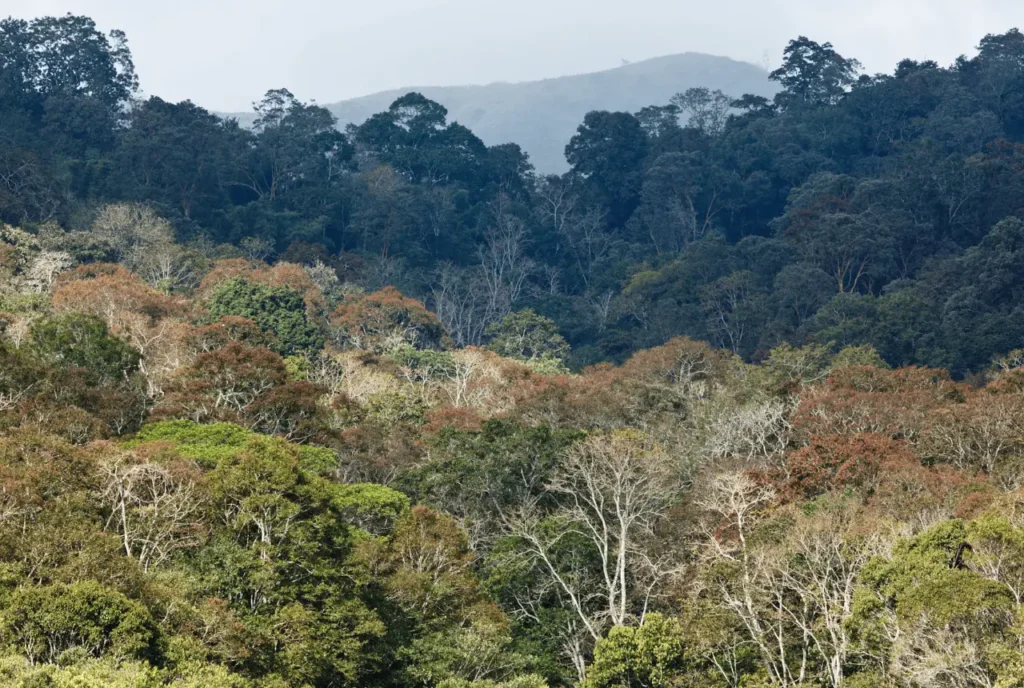
The Chakrashila Wildlife Sanctuary is considered less prominent but very rich in biodiversity, especially having a population of golden langurs. This place is not very famous, but it is an excellent choice for people in need of solitude, far away from crowded tourist spots, and who love unspoiled and serene natural environments.
It spans almost 45 square kilometers, providing impressive opportunities for photography of wildlife against beautiful and varied landscapes.
7. Amchang Wildlife Sanctuary
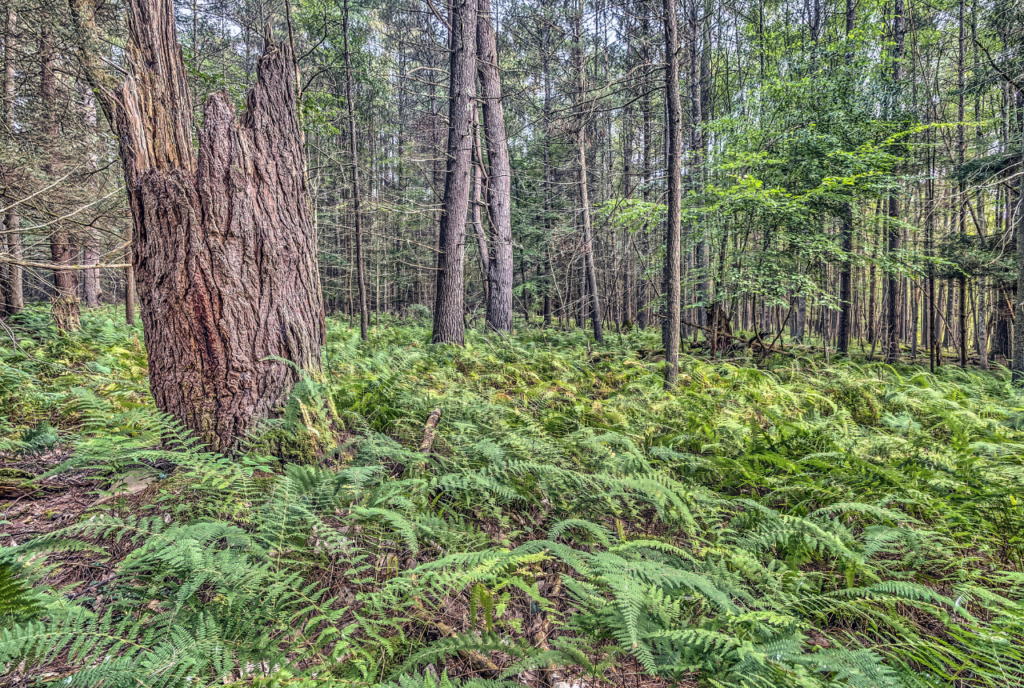
Amchang Wildlife Sanctuary is found on the eastern fringes of Guwahati which is qualified as one of the closest wildlife sanctuaries near Guwahati. The sanctuary provides trekking routes on which several species of wildlife are visible, like wild elephants and other bird species.
It is perfect for a short vacation or family trip out since one can easily access Amchang. This is bound to provide people with an opportunity to connect with nature.
Best Time to Visit Wildlife Sanctuaries Near Guwahati
Weather Impact on Animal Sightings
- Activity Level of Animals: Animals are more active during the cooler parts of the day, particularly during the early morning and the late hours.
- Accessibility: Most of the parks are accessible during this time; however, heavy monsoon rains from June to September make some places inaccessible.
How to Plan Your Schedule
- Book in Advance: BOOK your safaris well in advance, and at least a few weeks in advance, if you are planning to go during peak season – November to February to confirm your booking.
- Timing should be early morning or late afternoon when the animals are most active.
- Dress properly: Put on comfortable attire for outdoor activity. Consider layers to account for the variation in temperatures.
By picking the right time and being prepared, you will have maximum enjoyment of your wildlife viewings in these beautiful sanctuaries.
Conservation and Ecotourism Initiatives
Wildlife sanctuaries around Guwahati perform a vital role in biodiversity conservation. Some important conservation efforts and contributions on the part of visitors are as follows:
Conservation Efforts
- Protection of Habitat: Sanctuaries impose certain regulations to strictly protect the natural habitat and endangered species.
- Research Programs: Research programs are ongoing which helps in monitoring the populations of wild animals and the health of ecosystems.
Contributions by Visitors
- Eco-Friendly Practices: Select eco-friendly accommodations and ensure waste during visits is minimal.
- The guided tours should promote responsible wildlife viewing and education for local ecosystems.
Rules and Regulations
- Do not disturb wildlife; always maintain a safe distance
- No littering; all waste should be disposed of in an appropriate manner within a proper system of waste management to protect the natural environment.
- One must respect the park rules on timings for safaris and some other areas that are not allowed in the parks for visitors.
By adopting these guidelines, the visitors would have an experience of wildlife in a safe and successful manner while contributing to supporting initiatives that inspire and nurture conservation in Assam.
Conclusion
The wildlife sanctuaries near Guwahati offer the best opportunities to experience Assam’s rich biodiversity in its wildest form. Spotted in Kaziranga National Park which has its one-horned rhinoceros listed as endangered, to enjoyable bird watching in Deepor Beel, the sanctuaries provide disparate experiences that connect one with nature.
We request readers to plan trips to these remarkable destinations, both for a great experience, but also for them to positively feed into the schemes of eco-tourism and safeguard our precious resources on this earth. Live this beauty of wildlife sanctuaries in Assam today.


